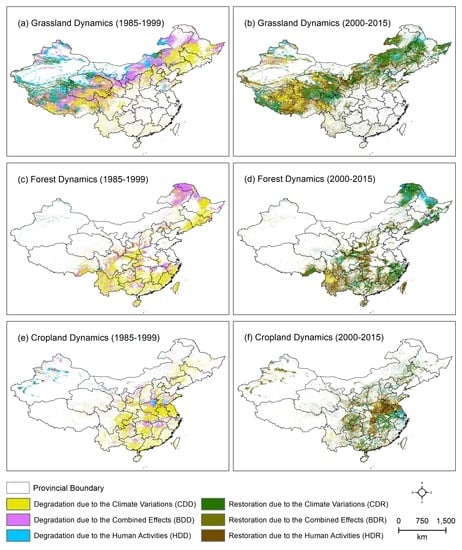Quantifying the Impacts of Anthropogenic Activities and Climate Variations on Vegetation Productivity Changes in China from 1985 to 2015
Abstract
Share and Cite
Naeem, S.; Zhang, Y.; Tian, J.; Qamer, F.M.; Latif, A.; Paul, P.K. Quantifying the Impacts of Anthropogenic Activities and Climate Variations on Vegetation Productivity Changes in China from 1985 to 2015. Remote Sens. 2020, 12, 1113. https://doi.org/10.3390/rs12071113
Naeem S, Zhang Y, Tian J, Qamer FM, Latif A, Paul PK. Quantifying the Impacts of Anthropogenic Activities and Climate Variations on Vegetation Productivity Changes in China from 1985 to 2015. Remote Sensing. 2020; 12(7):1113. https://doi.org/10.3390/rs12071113
Chicago/Turabian StyleNaeem, Shahid, Yongqiang Zhang, Jing Tian, Faisal Mueen Qamer, Aamir Latif, and Pranesh Kumar Paul. 2020. "Quantifying the Impacts of Anthropogenic Activities and Climate Variations on Vegetation Productivity Changes in China from 1985 to 2015" Remote Sensing 12, no. 7: 1113. https://doi.org/10.3390/rs12071113
APA StyleNaeem, S., Zhang, Y., Tian, J., Qamer, F. M., Latif, A., & Paul, P. K. (2020). Quantifying the Impacts of Anthropogenic Activities and Climate Variations on Vegetation Productivity Changes in China from 1985 to 2015. Remote Sensing, 12(7), 1113. https://doi.org/10.3390/rs12071113






